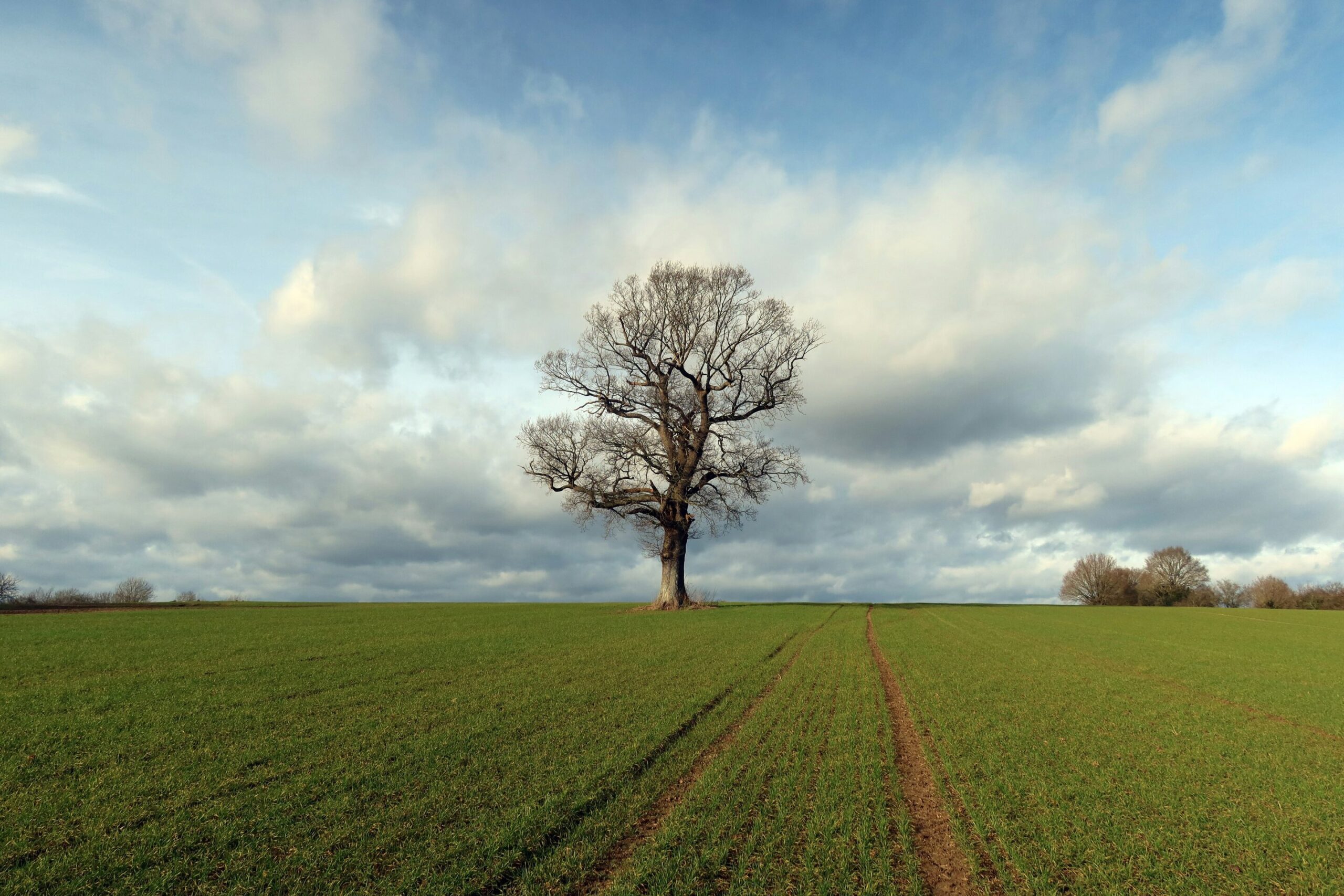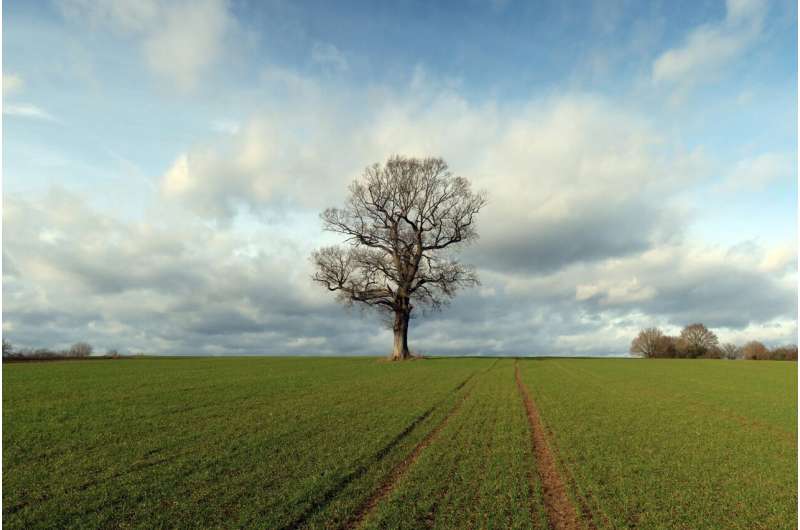

Since time immemorial, crop yields have been influenced by such extreme weather phenomena as heat waves, persisting droughts, downpours and lasting rainfall. Many studies have already demonstrated that due to climate change, periods of extreme weather occur more frequently and with less time in between bouts, increasing the risk of a negative impact on harvest yields. But, determining the scope of these losses and the precise cause is difficult.
Two new studies investigate differences between years with more and with fewer bouts of extreme weather per farm or field. Researcher Pytrik Reidsma of the Plant Production Systems group at Wageningen University was part of a study appearing in Communications Earth & Environment on the potato harvest on different plots within a single farm between 2015 and 2020.
The annual discrepancies between the yields of these plots could be attributed to drought and heavy rainfall in 98% of the cases. Heavy rainfall led to a 36% lower yield, while drought reduced the yields by 13%.
Sensitivity in potatoes and onions
Sinne van der Veer, a researcher with the Wageningen Economic Research Performance and Impact Agrosectors research group, compared the yields of ten different crops at the farm level, in a study appearing in Environmental Research Letters.
The work also investigated when the influence of weather phenomena peaked. The impact of drought was greatest during the growth and harvesting stages and led to an average loss of 24% overall. Eight crops were impacted by excessive precipitation during the planting period, causing a loss of up to 18%. Potatoes and onions were the most sensitive to extreme weather.
The percentages reflect the average yield loss. There are, however, considerable differences between plots and farms. The study showed how irrigation, soil types and nutrients influence the impact of weather on crops. The loose structure of sand and loess soil makes them more vulnerable to drought but less so to heavy rainfall. Under extreme weather conditions, applying nitrogen also affected the harvest.
The two studies used a specific method. By investigating at the field or farm level, rather than drawing general conclusions from large amounts of data, differences and their possible causes could be more precisely explained. This will enable farmers to adjust their strategies to mitigate the impacts of climate change in the future.
More information:
Puck J. A. M. Mulders et al, Extreme drought and rainfall had a large impact on potato production in the Netherlands between 2015 and 2020, Communications Earth & Environment (2024). DOI: 10.1038/s43247-024-01658-3
S van der Veer et al, Mitigating the effects of extreme weather on crop yields: insights from farm management strategies in the Netherlands, Environmental Research Letters (2024). DOI: 10.1088/1748-9326/ad7308
Provided by
Wageningen University
Citation:
What yields per acre reveal about the impact of extreme weather (2024, October 10)
retrieved 10 October 2024
from https://phys.org/news/2024-10-yields-acre-reveal-impact-extreme.html
This document is subject to copyright. Apart from any fair dealing for the purpose of private study or research, no
part may be reproduced without the written permission. The content is provided for information purposes only.